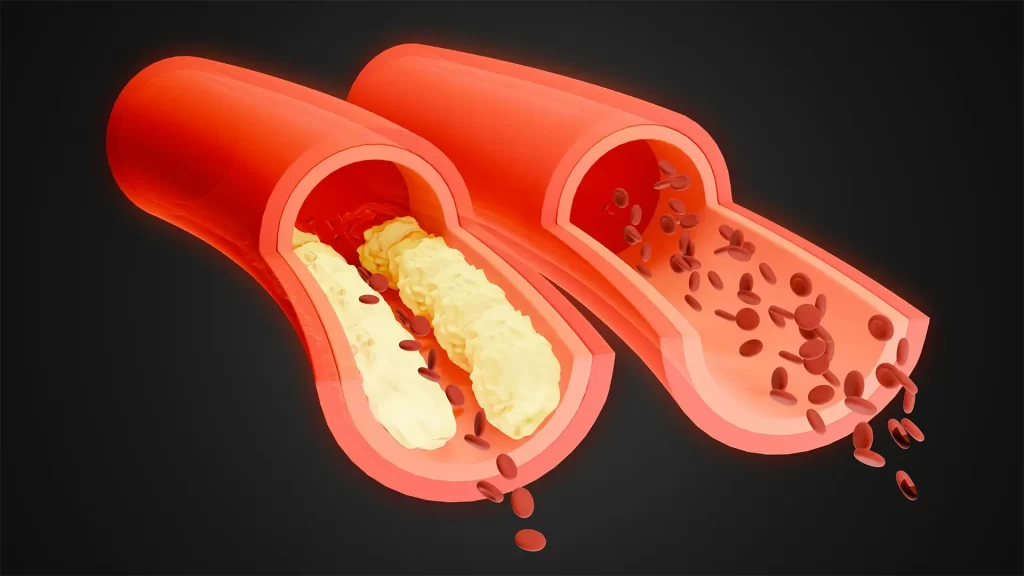By: Michele Dewar, MD
We live surrounded by metals: in the water we drink, in the food we eat, and even in some products we use every day. Although many metals are essential for the functioning of the human body, such as iron or zinc, others can be highly toxic if they accumulate in large quantities. This is known as heavy metal poisoning, a health problem that often goes unnoticed, but can have serious consequences if not detected and treated in time.
In this article I explain what metal poisoning is, where these toxins come from, what their symptoms are, how to prevent them and when chelation treatment, a medical procedure designed to remove dangerous metals from the body, is recommended. If you have ever wondered if you are at risk or if this treatment could be for you, here I give you the key answers, from my experience as a physician in Mexicali, Baja California.
Common Sources of Heavy Metal Poisoning
1. Contaminated foods:
- Fish and shellfish: Some large fish, such as tuna, swordfish, and shark, may contain elevated levels of mercury due to bioaccumulation in the food chain.
- Vegetables and fruits: Grown in soils contaminated with lead, arsenic, or cadmium.
2. Contaminated water:
- Drinking water may contain arsenic, lead, or mercury, especially in areas with old plumbing infrastructure or industrial pollution.
3. Occupational exposure:
- Working in mining, welding, battery manufacturing, construction, and other industries can expose people to metals such as lead, mercury, cadmium, and arsenic.
4. Household products and utensils:
- Low-quality or old pots, pans, and cookware can release metals such as aluminum or lead.
- Cosmetics and skin care products (some contain metals such as mercury).
5. Traditional medicines or remedies:
- Some unregulated medicines or supplements may be contaminated with lead, arsenic, or mercury.
6. Environmental pollution:
- Air: Industrial emissions, coal burning, pesticides, or mining activities can release metals into the air.
- Soil: May be contaminated by industrial or chemical waste.
7. Old plumbing and pipes:
- Drinking water may be contaminated with lead if it passes through lead pipes.
Symptoms of Heavy Metal Poisoning
Symptoms depend on the type and amount of metal accumulated, but may include:
- Lead: Anemia, abdominal pain, developmental problems in children, cognitive difficulties.
- Mercury: Neurological problems, tremors, insomnia, irritability.
- Arsenic: Skin lesions, nausea, vomiting, neuropathy.
- Cadmium: Kidney problems, osteoporosis, lung damage.
Prevention
1. Choose foods from reliable sources and avoid large fish with high mercury content.
2. Filter drinking water if contamination is suspected.
3. Use safe cookware and avoid low-quality products.
4. Take precautions if you work in a high-risk environment (use appropriate protective equipment).
5. Avoid cosmetic products or remedies of unknown origin.
Chelation is a medical treatment that uses substances called chelating agents to bind to heavy metals in the body and facilitate their elimination through urine. This process is effective in treating poisoning by certain metals such as lead, mercury, arsenic, and cadmium.
How does chelation work?

1. Chelating Agents:
- Specific medications are administered (orally or intravenously) that chemically bind to metals in the blood and tissues.
- Chelating compounds form a stable complex with the metal, making it soluble in water and allowing its excretion by the kidneys.
2. Elimination:
- Once metals are bound to chelating agents, they are eliminated from the body primarily through urine, and to a lesser extent, through feces.
Common Chelating Agents and Their Uses
1. EDTA (Ethylenediaminetetraacetic Acid):
- Used primarily to treat lead poisoning.
- Administered intravenously.
2. Dimercaprol (BAL):
- Useful for severe arsenic, mercury, and lead poisoning.
- Administered by intramuscular injection.
3. DMSA (Dimercaptosuccinic Acid):
- An oral chelator used for mild to moderate lead and mercury poisoning.
- It is more convenient and safer than Dimercaprol for non-severe cases.
4. Penicillamine:
- Treatment for copper poisoning, such as Wilson’s disease.
5. Deferoxamine:
- Used to treat iron overload, such as in patients with thalassemia who require frequent transfusions.
Benefits of Chelation
- Removes Toxic Metals: Rapidly reduces levels of heavy metals in the blood and tissues.
- Prevents Organ Damage: Decreases the risk of damage to key organs such as the brain, kidneys, and liver.
- Reversal of Symptoms: May improve neurological, cardiovascular, and metabolic problems associated with poisoning.
Risks and Considerations
Although chelation is effective, it is not without risks:
- Loss of essential minerals: Chelating agents can also remove minerals such as calcium, magnesium, and zinc, so it is crucial to monitor levels and replenish them if necessary.
- Side effects: Nausea, vomiting, fever, low blood pressure, or kidney damage.
- Must be supervised: Chelation should not be performed without the evaluation and supervision of a specialized physician.
When it is recommended
- Confirmation of heavy metal poisoning through blood or tissue tests.
- Clear symptoms of poisoning, such as neurological, digestive, or kidney problems.
- Known occupational or environmental exposure to toxic metals.
If you suspect heavy metal poisoning, consult a doctor to perform specific tests and evaluate whether chelation is the appropriate treatment in your case. I am at your service as a doctor in the city of Mexicali BC.








































Leave a Reply